Ecological Restoration: The Incredible Power to Heal Nature
- August 16, 2024
- 0 comment
Ecological restoration is an essential strategy for repairing degraded ecosystems, fostering biodiversity, and combating climate change. This process involves revitalizing natural habitats and reestablishing ecosystem functions, making it a powerful tool in the fight against environmental degradation. By understanding the principles and practices of ecological restoration, we can create healthier environments that benefit both nature and human communities. Explore how ecological restoration initiatives are transforming landscapes and paving the way for a sustainable future.
What is Ecological Restoration?
Ecological restoration is the process of assisting the recovery and management of degraded, damaged, or destroyed ecosystems to return them to a state of health and sustainability. This discipline involves a variety of practices aimed at restoring the structure, function, and dynamics of ecosystems, such as reforestation, wetland rehabilitation, and the reintroduction of native species. The primary goal of ecological restoration is to enhance biodiversity and ecosystem services, which are crucial for maintaining environmental stability and supporting human livelihoods. Restoration efforts can range from passive approaches, allowing nature to take its course, to active interventions, where humans play a more direct role in altering environmental conditions to foster recovery.

This process not only helps mitigate the effects of environmental degradation but also addresses issues such as climate change, habitat loss, and species extinction. By improving ecosystem services like carbon sequestration, water purification, and soil stabilization, ecological restoration contributes to a more sustainable and resilient environment. It also promotes social and economic benefits by providing opportunities for community involvement, education, and sustainable resource management. Ultimately, ecological restoration is a vital tool in the global effort to preserve and enhance the natural world for future generations.
What is The Goal of Ecological Restoration?
The goal of ecological restoration is to return degraded or damaged ecosystems to a state of health, functionality, and sustainability. This involves reviving the natural processes, structures, and biodiversity that characterize healthy ecosystems, thereby enhancing their ability to provide essential ecosystem services. These services include carbon sequestration, water filtration, soil stabilization, and habitat provision for diverse species.

Ecological restoration aims to create ecosystems that are resilient to environmental changes and stressors, such as climate change and human activities. By restoring ecosystems, the goal is not only to improve ecological health but also to support social and economic well-being. This can include providing sustainable resources, enhancing recreational and cultural opportunities, and fostering community involvement and education. Ultimately, the goal of ecological restoration is to create a harmonious balance between nature and human needs, ensuring the long-term sustainability of both.
Benefits of Ecological Restoration
Environmental Benefits
Ecological restoration plays a crucial role in enhancing biodiversity and wildlife habitats. By restoring native vegetation and ecological processes, restoration projects create environments that support diverse plant and animal species. This increase in biodiversity helps stabilize ecosystems, making them more resilient to disturbances such as climate change, invasive species, and human activities. Healthy ecosystems with high biodiversity also provide essential services, such as pollination and nutrient cycling, which are vital for maintaining ecological balance and supporting agricultural productivity.
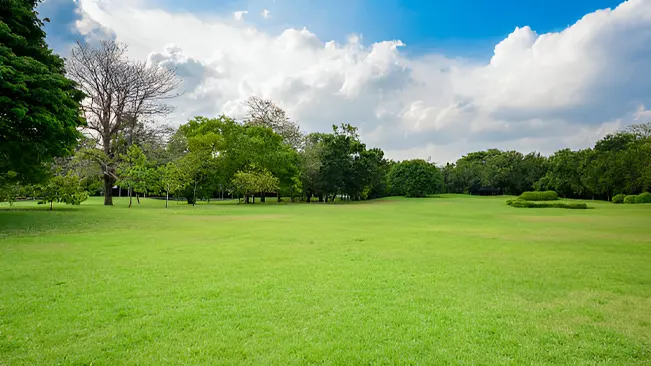
In addition to boosting biodiversity, ecological restoration improves critical ecosystem services such as water filtration and carbon sequestration. Restored ecosystems can enhance water quality by filtering pollutants and sediments, thereby safeguarding water resources for both human consumption and aquatic life. Furthermore, restoration efforts often focus on reforestation and wetland rehabilitation, which increase carbon sequestration by capturing carbon dioxide from the atmosphere and storing it in plants and soils. This process helps mitigate the impacts of climate change by reducing greenhouse gas concentrations, contributing to global efforts to combat climate-related challenges.
Economic Benefits
Ecological restoration supports sustainable livelihoods by promoting Eco-tourism and sustainable resource management. Restored natural areas attract tourists interested in experiencing wildlife and pristine landscapes, providing economic opportunities for local communities through tourism-related activities and businesses. Additionally, restoration projects often involve sustainable harvesting of natural resources, such as timber and non-timber forest products, which can be managed to ensure long-term economic benefits while maintaining ecological integrity.

Moreover, ecological restoration can reduce costs associated with environmental degradation. Degraded ecosystems often lead to increased expenses related to soil erosion, water treatment, and disaster management. By restoring ecosystems, these costs can be minimized as natural systems regain their ability to regulate and buffer against environmental stresses. For example, healthy wetlands can reduce flood risks by absorbing excess water, while restored forests can prevent landslides and soil erosion, decreasing the need for costly infrastructure repairs and emergency response measures.
Social Benefits
Ecological restoration promotes community engagement and education by involving local populations in restoration projects and decision-making processes. Community participation in restoration efforts fosters a sense of ownership and stewardship, empowering individuals to actively contribute to environmental conservation. Educational programs associated with restoration projects can raise awareness about ecological issues and teach valuable skills related to environmental management and sustainability, further enhancing community involvement and capacity building.

Restored landscapes also enhance cultural and recreational values, providing spaces for people to connect with nature and engage in outdoor activities. These areas offer opportunities for recreation, such as hiking, bird watching, and nature photography, which can improve mental and physical well-being. Additionally, many communities have cultural and spiritual ties to their natural surroundings, and ecological restoration can help preserve these connections by revitalizing traditional practices and values associated with the land. By fostering a deeper appreciation for the environment, restoration projects contribute to the overall quality of life and cultural heritage of communities.
Reforestation and Afforestation
Reforestation and afforestation are critical strategies in ecological restoration that involve the planting of native trees and vegetation to rehabilitate degraded land. Reforestation refers to the replanting of trees in areas where forests have been depleted, while afforestation involves establishing forests in areas that were not previously forested. These practices are essential for restoring ecosystem health, improving biodiversity, and mitigating climate change by enhancing carbon sequestration. Planting native trees and vegetation helps stabilize soil, reduce erosion, and improve water retention, contributing to the overall resilience of the ecosystem.

The success of reforestation and afforestation efforts relies on selecting appropriate species that are well-adapted to local environmental conditions. This ensures that newly planted trees and vegetation can thrive and support the complex interactions within the ecosystem. Additionally, these strategies often involve community participation and the use of traditional ecological knowledge to identify the best practices for planting and maintaining forests. By engaging local communities, restoration projects can foster a sense of stewardship and ensure the long-term sustainability of the restored areas.
Wetland Restoration
Wetland restoration is a key technique in ecological restoration that focuses on reestablishing natural water flow and vegetation in wetland ecosystems. Wetlands are vital for biodiversity, as they provide habitat for numerous plant and animal species, and they play a critical role in regulating water quality, storing carbon, and controlling flooding. Restoration efforts aim to restore the hydrology of wetlands by removing barriers to water flow, such as dikes or drainage channels, and reintroducing native vegetation that supports the ecological functions of the wetland.
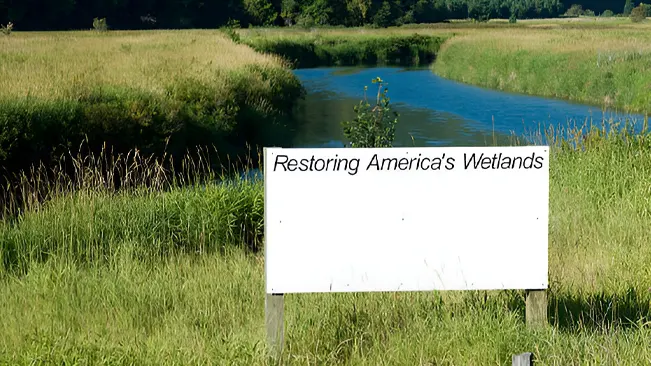
Successful wetland restoration requires a comprehensive understanding of the wetland’s natural hydrology and ecology. Restoration projects often involve the removal of invasive plant species that can out-compete native vegetation and disrupt ecological processes. By restoring the natural flow of water and replanting native species, wetlands can regain their ability to filter pollutants, provide habitat for wildlife, and buffer against environmental disturbances. Wetland restoration not only benefits the environment but also enhances the ecosystem services that wetlands provide to human communities, such as flood control and water purification.
Invasive Species Management
Invasive species management is a crucial aspect of ecological restoration aimed at removing non-native species and promoting native biodiversity. Invasive species can out-compete native plants and animals, disrupt ecosystem processes, and reduce biodiversity. Effective management involves identifying and eradicating invasive species through mechanical removal, chemical treatments, or biological control methods. Once invasive species are controlled, restoration efforts focus on reestablishing native species to restore the natural balance of the ecosystem.

Promoting native biodiversity involves more than just removing invasive species it requires creating conditions that allow native plants and animals to thrive. This may include planting native species, improving habitat structures, and restoring natural disturbances like fire regimes that many ecosystems depend on for maintenance. Community involvement is often key to successful invasive species management, as local knowledge and volunteer efforts can be instrumental in monitoring and controlling invasive populations. By prioritizing native biodiversity, restoration projects can enhance ecosystem resilience and support the long-term sustainability of the environment.
Why is Ecological Restoration Important?
Ecological restoration is important because it plays a vital role in repairing damaged ecosystems, enhancing biodiversity, and mitigating the impacts of environmental degradation. As human activities continue to impact natural landscapes, restoration efforts are essential for reversing habitat loss and degradation, which threaten countless plant and animal species. By reestablishing native vegetation, restoring natural water flows, and improving soil health, ecological restoration helps create resilient ecosystems that can withstand environmental stresses such as climate change, invasive species, and pollution. This resilience is crucial for maintaining ecosystem services that support human well-being, such as clean water, fertile soils, and climate regulation.
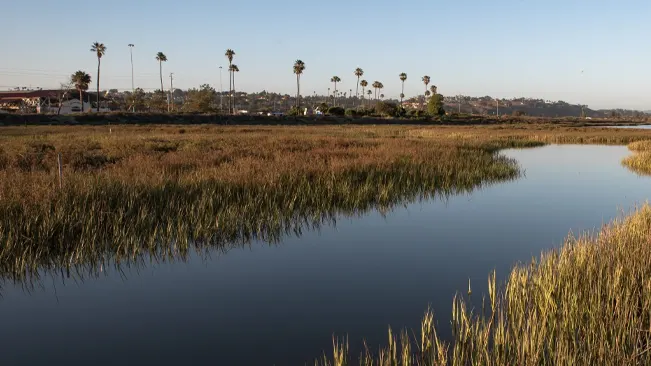
In addition to environmental benefits, ecological restoration provides significant social and economic advantages. Restored ecosystems can support sustainable livelihoods through Eco-tourism, recreation, and resource management, creating economic opportunities for local communities. Furthermore, restoration projects often involve community engagement and education, fostering a sense of stewardship and connection to the natural world. This participation can strengthen community bonds and increase awareness of environmental issues, promoting a culture of conservation and sustainable development. Overall, ecological restoration is a powerful tool for creating a healthier, more sustainable future for both people and nature.
Conclusion
In conclusion, ecological restoration is essential for revitalizing degraded ecosystems, enhancing biodiversity, and improving resilience to environmental challenges like climate change and habitat loss. By restoring natural processes and functions, it ensures the provision of crucial ecosystem services that support life and human well-being.
FAQs
- What is ecological restoration?
Ecological restoration is the process of assisting in the recovery of ecosystems that have been degraded, damaged, or destroyed. It involves a variety of techniques aimed at reestablishing the natural processes, structures, and biodiversity of an ecosystem to restore its health and functionality. - Why is ecological restoration important?
Ecological restoration is important because it helps repair ecosystems, enhances biodiversity, and mitigates the impacts of environmental degradation. It supports ecosystem services such as clean water, carbon sequestration, and soil stabilization, which are vital for human well-being and environmental sustainability. - What are the key strategies in ecological restoration?
Key strategies in ecological restoration include reforestation and afforestation, wetland restoration, and invasive species management. These approaches focus on planting native vegetation, restoring natural water flows, and removing non-native species to promote ecosystem health and resilience. - How does ecological restoration benefit local communities?
Ecological restoration benefits local communities by creating economic opportunities through Eco-tourism and sustainable resource management. It also fosters community engagement and education, empowering individuals to participate in environmental conservation and enhancing cultural and recreational values. - What challenges are associated with ecological restoration?
Challenges in ecological restoration include funding limitations, conflicting land-use priorities, and difficulties in restoring complex ecosystems. Long-term monitoring and adaptive management are essential to address these challenges and ensure the success of restoration efforts. - How does ecological restoration contribute to climate change mitigation?
Ecological restoration contributes to climate change mitigation by enhancing carbon sequestration through reforestation and wetland rehabilitation. These efforts capture carbon dioxide from the atmosphere and store it in plants and soils, helping to reduce greenhouse gas concentrations. - What role do governments and organizations play in ecological restoration?
Governments and organizations play a crucial role in ecological restoration by providing funding, policy support, and technical expertise. They help coordinate restoration efforts, promote best practices, and encourage collaboration among stakeholders, including local communities, NGOs, and the private sector. - Can ecological restoration be implemented on a large scale?
Yes, ecological restoration can be implemented on a large scale through coordinated efforts involving multiple stakeholders. Large-scale restoration projects, such as reforestation initiatives and wetland restoration, have the potential to make significant positive impacts on global biodiversity and ecosystem services.

Joel Cunningham
Forestry AuthorI'm Joel Cunningham, an expert in pruning and weed management with over a decade of experience. My skills are rooted in formal training and extensive practice, focusing on advanced pruning techniques and efficient weed control. I'm known for my quality work, precision, and deep understanding of plant health and soil dynamics. My contributions extend to educational initiatives where I share sustainable practices and advice, establishing myself as a reliable and authoritative figure in the gardening community.



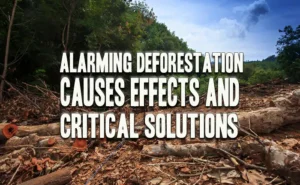




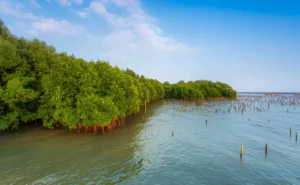


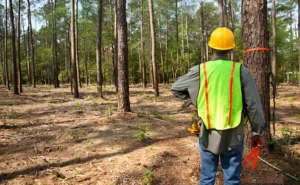
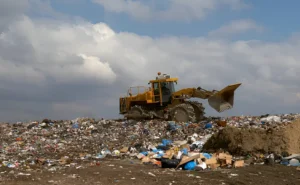
Leave your comment